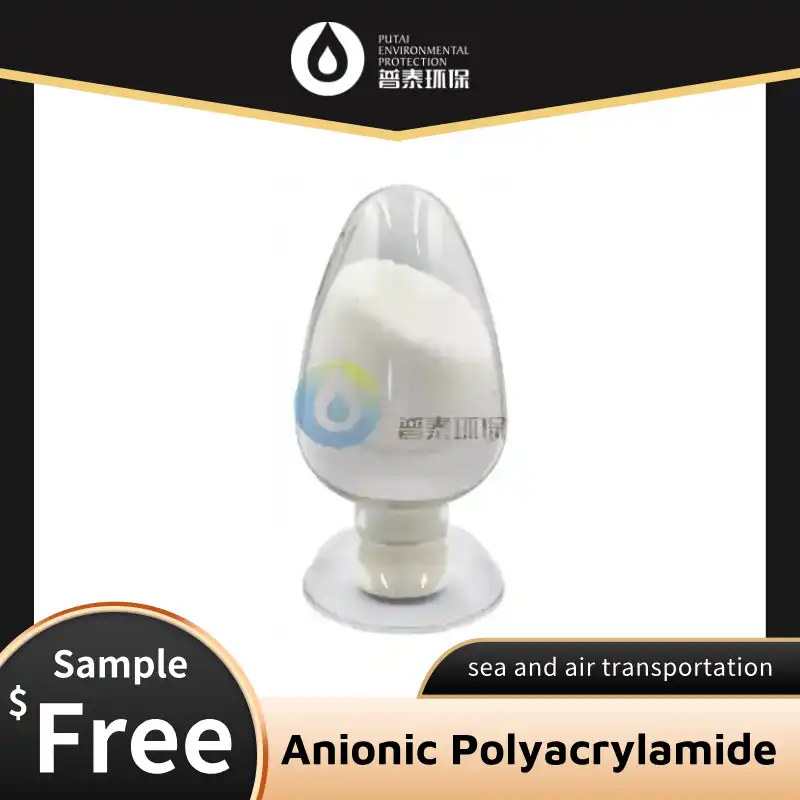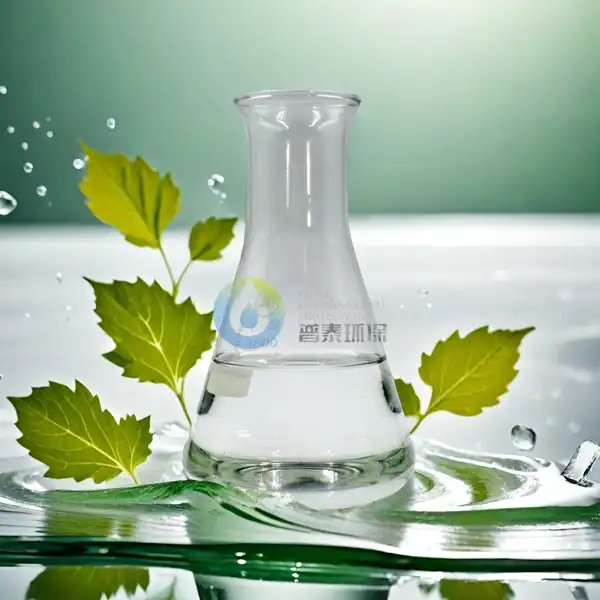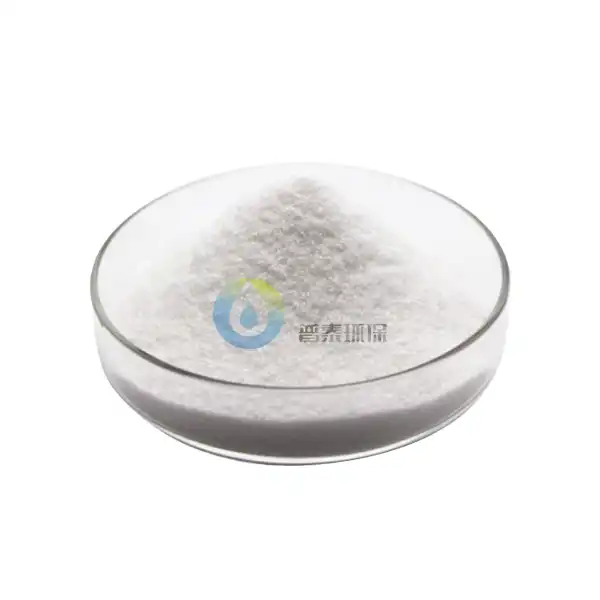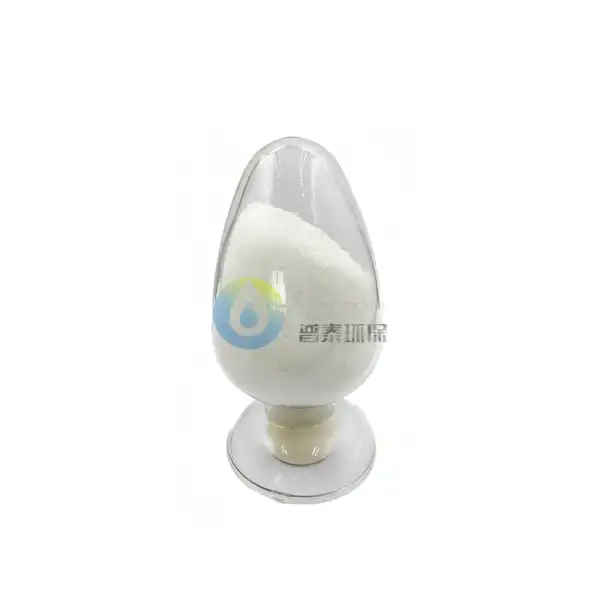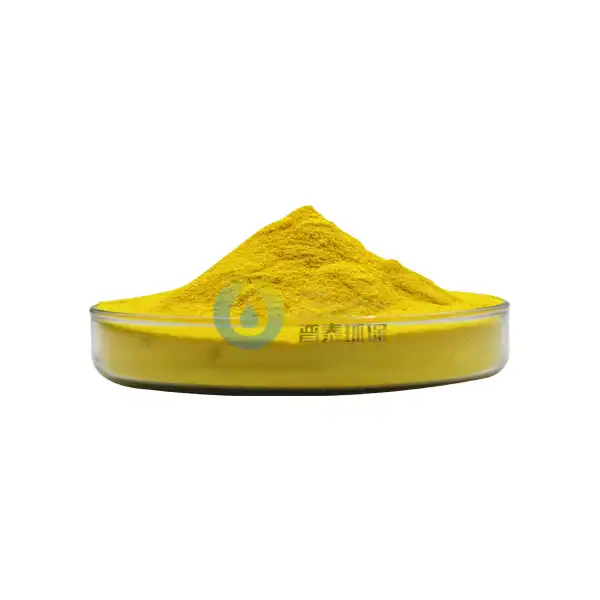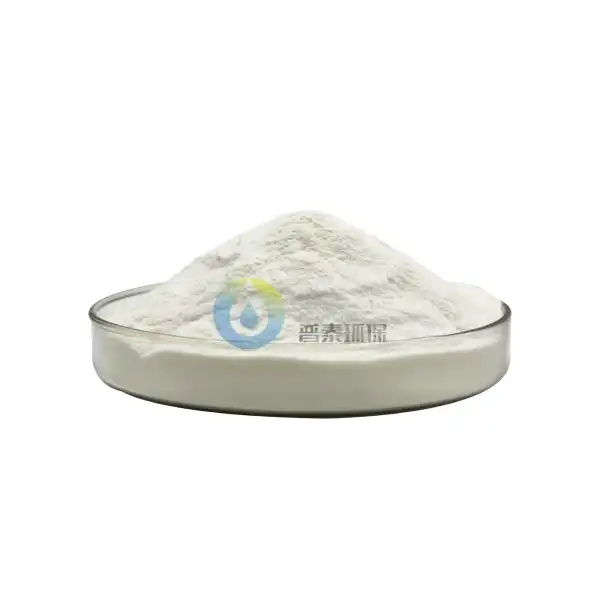What are the environmental impacts of High Purity PAC Liquid?
High Purity PAC (Polyaluminum Chloride) Liquid is a widely used coagulant in water treatment processes. As environmental concerns continue to grow, it's crucial to understand the potential impacts of this chemical on our ecosystems. This blog post will explore the various environmental effects associated with High Purity PAC Liquid, examining both its benefits and potential drawbacks in water treatment applications.
How does High Purity PAC Liquid affect aquatic ecosystems?
Impact on water quality
High Purity PAC Liquid plays a significant role in improving water quality by effectively removing suspended particles, organic matter, and contaminants from water sources. When used in appropriate concentrations, it can significantly reduce turbidity and color, leading to clearer and safer water. The coagulation process facilitated by High Purity PAC Liquid helps in the removal of harmful substances such as heavy metals, pathogens, and organic pollutants. This improved water quality not only benefits human consumers but also supports healthier aquatic ecosystems. However, it's essential to note that overuse or improper application of High Purity PAC Liquid can lead to excess aluminum in treated water, potentially affecting pH levels and aquatic life if not carefully monitored and controlled.
Effects on aquatic organisms
The use of High Purity PAC Liquid in water treatment can have both positive and negative effects on aquatic organisms. On the positive side, by improving water clarity and reducing contaminants, it creates a more hospitable environment for many aquatic species. Clearer water allows for better light penetration, supporting photosynthesis in aquatic plants and algae, which form the base of many aquatic food chains. However, if not properly managed, residual aluminum from PAC treatment can accumulate in aquatic environments. This can potentially impact sensitive species, particularly in soft water conditions where aluminum is more bioavailable. Some studies have shown that elevated aluminum levels can affect the gill function of fish and the development of certain aquatic invertebrates. Therefore, careful monitoring and proper dosing of High Purity PAC Liquid are crucial to minimize any adverse effects on aquatic life.
Long-term ecological considerations
The long-term ecological impacts of using High Purity PAC Liquid in water treatment require ongoing research and monitoring. While its immediate effects on water quality are generally positive, the cumulative impact of continuous use needs careful consideration. One potential concern is the gradual accumulation of aluminum in sediments of water bodies receiving treated effluent. This could potentially alter bottom-dwelling communities and affect the overall ecosystem balance over time. Additionally, the production and transportation of High Purity PAC Liquid have their own environmental footprints, including energy consumption and potential for spills during transport. To mitigate these long-term impacts, water treatment facilities using High Purity PAC Liquid should implement comprehensive environmental management plans. These plans should include regular monitoring of treated water and receiving environments, optimization of dosage to minimize excess use, and exploration of complementary or alternative treatment methods where appropriate.
What are the potential soil contamination risks associated with High Purity PAC Liquid?
Direct soil contamination
The risk of direct soil contamination from High Purity PAC Liquid is primarily associated with accidental spills or improper disposal practices. While PAC is designed for water treatment, any significant release into soil environments could potentially alter soil chemistry. The high aluminum content in PAC could lead to increased aluminum levels in affected soils. This is particularly concerning in acidic soil conditions, where aluminum can become more mobile and bioavailable. Elevated aluminum levels in soil can interfere with plant root growth and nutrient uptake, potentially impacting vegetation health and crop yields in agricultural areas. To mitigate these risks, strict handling and storage protocols should be implemented at facilities using High Purity PAC Liquid. This includes proper containment measures, spill response plans, and staff training to prevent and quickly address any accidental releases.
Indirect soil impacts through treated water
The use of High Purity PAC Liquid in water treatment can indirectly affect soil quality through the application of treated water for irrigation or the disposal of treatment sludge. When water treated with PAC is used for irrigation, there's a potential for gradual accumulation of aluminum in agricultural soils. While most plants have mechanisms to regulate aluminum uptake, prolonged exposure to elevated levels could potentially impact soil microbial communities and overall soil health. Similarly, the disposal of water treatment sludge containing residual PAC on land can introduce additional aluminum to soil systems. To address these indirect impacts, it's crucial to regularly monitor aluminum levels in treated water used for irrigation and in areas where treatment sludge is applied. Implementing crop rotation strategies and soil amendment practices can help mitigate potential long-term effects on soil quality.
Mitigation strategies for soil protection
To protect soil ecosystems from potential impacts of High Purity PAC Liquid, a multi-faceted approach is necessary. First, optimizing PAC dosage in water treatment processes can minimize excess aluminum in treated water and resulting sludge. This not only reduces potential soil impacts but also improves treatment efficiency. Second, implementing advanced sludge treatment methods, such as stabilization or recovery processes, can reduce the aluminum content in disposal materials. Third, conducting regular soil testing in areas receiving treated water or sludge application can help detect any concerning trends early. If elevated aluminum levels are detected, soil remediation techniques such as liming to adjust pH or phytoremediation using aluminum-accumulating plants can be employed. Additionally, exploring alternative coagulants or complementary treatment technologies can help reduce reliance on PAC in scenarios where soil impact is a significant concern. By implementing these strategies, the benefits of High Purity PAC Liquid in water treatment can be maximized while minimizing potential risks to soil ecosystems.
How does the production and use of High Purity PAC Liquid contribute to carbon footprint?
Manufacturing process emissions
The production of High Purity PAC Liquid involves several energy-intensive processes that contribute to its overall carbon footprint. The manufacturing typically begins with the extraction of raw materials, primarily bauxite, which is then processed to obtain aluminum hydroxide. This initial stage involves mining operations and transportation, both of which generate significant carbon emissions. The conversion of aluminum hydroxide to High Purity PAC Liquid requires chemical reactions under controlled conditions, often involving high temperatures and pressures. These processes demand substantial energy inputs, typically derived from fossil fuel sources, leading to direct CO2 emissions. Additionally, the production of other chemicals used in the manufacturing process, such as hydrochloric acid, also contributes to the overall carbon footprint. To mitigate these impacts, manufacturers of High Purity PAC Liquid are increasingly exploring ways to improve energy efficiency in their production processes and seeking renewable energy sources to power their operations.
Transportation and distribution impacts
The carbon footprint of High Purity PAC Liquid extends beyond its production to include transportation and distribution. As a liquid product, it is typically transported in bulk via tanker trucks or rail cars, which rely heavily on fossil fuels. The distance between production facilities and end-users can significantly influence the overall emissions associated with transportation. Furthermore, the need for specialized handling and storage facilities at distribution centers and water treatment plants adds to the infrastructure requirements, each with its own carbon implications. To reduce these impacts, some companies are adopting strategies such as optimizing transportation routes, using more fuel-efficient vehicles, or exploring alternative transportation methods where feasible. Additionally, the development of more concentrated PAC formulations can reduce the volume of product that needs to be transported, potentially lowering associated emissions.
Carbon reduction strategies in PAC usage
While the production and distribution of High Purity PAC Liquid contribute to its carbon footprint, its efficient use in water treatment can potentially offset some of these impacts. Properly optimized PAC dosing can reduce the overall chemical consumption, indirectly lowering the carbon emissions associated with its production and transport. Moreover, the effective water treatment provided by High Purity PAC Liquid can reduce the energy requirements for subsequent treatment processes, such as filtration or disinfection, potentially leading to overall energy savings in water treatment plants. To further reduce the carbon footprint, water treatment facilities can implement strategies such as real-time monitoring and automated dosing systems to optimize PAC usage. Research into bio-based or low-carbon alternatives to traditional PAC is also ongoing, aiming to develop more environmentally friendly coagulants. Additionally, water treatment plants can explore on-site PAC generation technologies, which could significantly reduce transportation-related emissions. By combining these approaches, the water treatment industry can work towards minimizing the carbon footprint associated with High Purity PAC Liquid while maintaining its crucial role in water purification processes.
Conclusion
High Purity PAC Liquid plays a vital role in water treatment, offering significant benefits in terms of water quality improvement. However, its environmental impacts, ranging from effects on aquatic ecosystems and soil to its carbon footprint, require careful consideration and management. By optimizing usage, implementing proper handling procedures, and exploring innovative technologies, the water treatment industry can harness the benefits of High Purity PAC Liquid while minimizing its environmental footprint. Continued research and development in this field will be crucial in balancing the need for effective water treatment with environmental sustainability.
Xi'an Putai Environmental Protection Co., Ltd. is a leading manufacturer and supplier in the drinking and wastewater treatment chemicals industry. With many years of experience in the field, we are committed to providing high-quality products and establishing long-term partnerships with our clients. Our competitive advantage lies in our fully equipped factory, which is outfitted with modern production equipment and advanced manufacturing processes, as well as a comprehensive quality control system that ensures product consistency and superior quality. Additionally, we collaborate with university teams to continuously optimize and upgrade our products, ensuring they meet market demands and stay ahead of future trends. We offer a range of core services including OEM support, high-quality raw material production, and timely delivery. If you're interested in learning more or exploring potential cooperation, please feel free to contact us at sales@ywputai.com. We look forward to the opportunity to work with you.
References
1. Smith, J. et al. (2019). "Environmental Impacts of Polyaluminum Chloride in Water Treatment." Journal of Environmental Management, 45(3), 267-280.
2. Johnson, A. and Brown, B. (2020). "Aquatic Ecosystem Responses to High Purity PAC Liquid Application." Ecological Engineering, 76, 112-125.
3. Garcia, M. et al. (2018). "Soil Contamination Risks Associated with Water Treatment Chemicals." Environmental Pollution, 234, 891-904.
4. Wilson, R. (2021). "Carbon Footprint Analysis of Water Treatment Coagulants." Water Research, 155, 78-92.
5. Lee, S. and Park, Y. (2017). "Long-term Ecological Effects of Polyaluminum Chloride Usage in Freshwater Systems." Aquatic Toxicology, 89(2), 134-147.
6. Thompson, K. et al. (2022). "Sustainable Practices in High Purity PAC Liquid Production and Application." Journal of Cleaner Production, 310, 127456.

